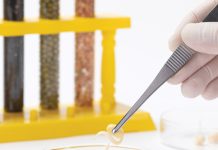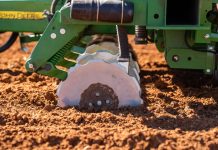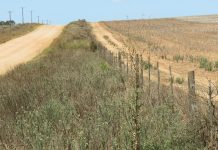

Prof Pieter Swanepoel, Department of Agronomy, Stellenbosch University
 Dr Ailsa Hardie, Department of Soil Science, Stellenbosch University
Dr Ailsa Hardie, Department of Soil Science, Stellenbosch UniversitySoil sodicity (swartbrakgrond) refers to a condition in which soil contains excessive levels of sodium. This condition can adversely affect soil health and crop production.
The accumulation of sodium in soil, stemming from factors such as weathering of sodium-rich parent materials and human-induced salinisation, adversely affects soil structure and nutrient balance. Sodic soils are associated with poor water infiltration and aeration, surface crusting, and erosion, leading to plant nutrient deficiencies, stunting and low yields.
Gypsum
Gypsum (calcium sulphate) is a cost-effective and widely available solution for remediating sodic soils. Studies highlight the benefits of gypsum application, including reducing exchangeable sodium percentage (ESP) and soil pH, and enhancing the ease of water movement through the soil. In South Africa, both mined geological gypsum and by-product gypsum, such as phosphogypsum from phosphoric acid production and gypsum from acid mine water treatment, offer readily available sources for agricultural use.
An alternative source is flue gas desulphurisation (FGD) gypsum, which is produced in coal-burning plants and is a relatively pure by-product gypsum. Currently, FGD gypsum is produced in South Africa, but not yet commercially available. More recently, gypsum products such as liquid gypsum (a suspension of gypsum) and granulated gypsum (gipskorrels) have emerged on the market.
While gypsum remains a common product in the agricultural sector, the solubility of all of the South African gypsum sources currently available on the market has not been assessed. This study aimed to compare the solubility of local gypsum sources, along with newer products like liquid gypsum and granulated gypsum, against mined class A gypsum. Additionally, the study evaluated the effectiveness of these gypsums in comparison to granulated micro-fine calcitic lime (verpilde kalk/kalkkorrels) and calcium nitrate for soil sodicity remediation and water movement improvement.
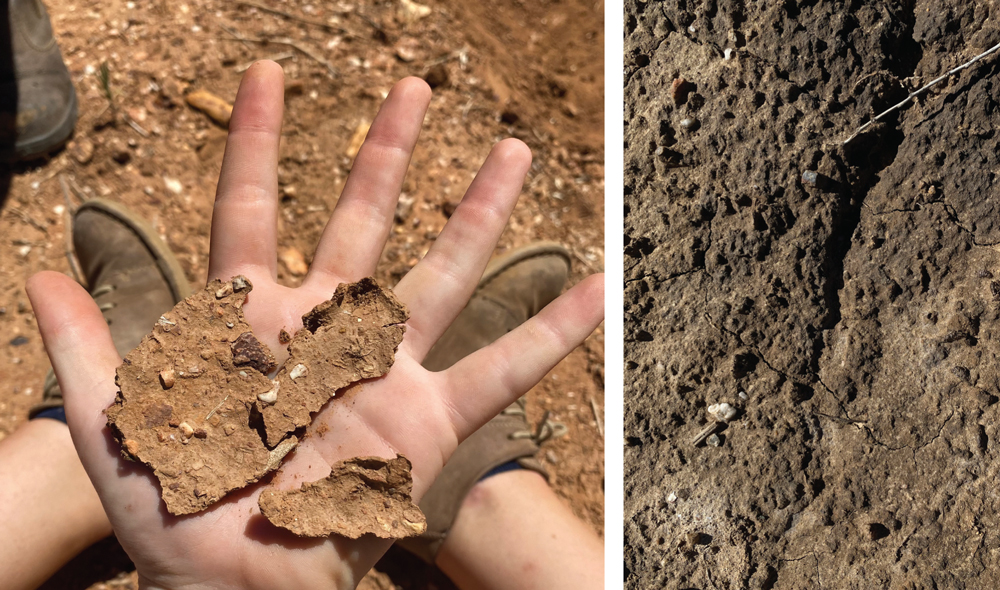
Research
A soil column experiment was carried out to test the gypsum, micro-fine lime and calcium nitrate products. A sodic, sandy loam topsoil sample was collected for evaluation. Twelve gypsum products, two micro-fine calcitic lime products, and one commercial calcium nitrate fertiliser were tested against a control (no product added). Each treatment involved packing soil in cylindrical containers, applying the respective source on the surface and simulating six weeks of heavy rainfall. At the end of week 6, soil saturated hydraulic conductivity (how easy water moves through soil) was determined, along with soil pH, electrical conductivity, basic cations, soil acidity, exchangeable sodium percentage (ESP), and soil water dispersible clay percentage.
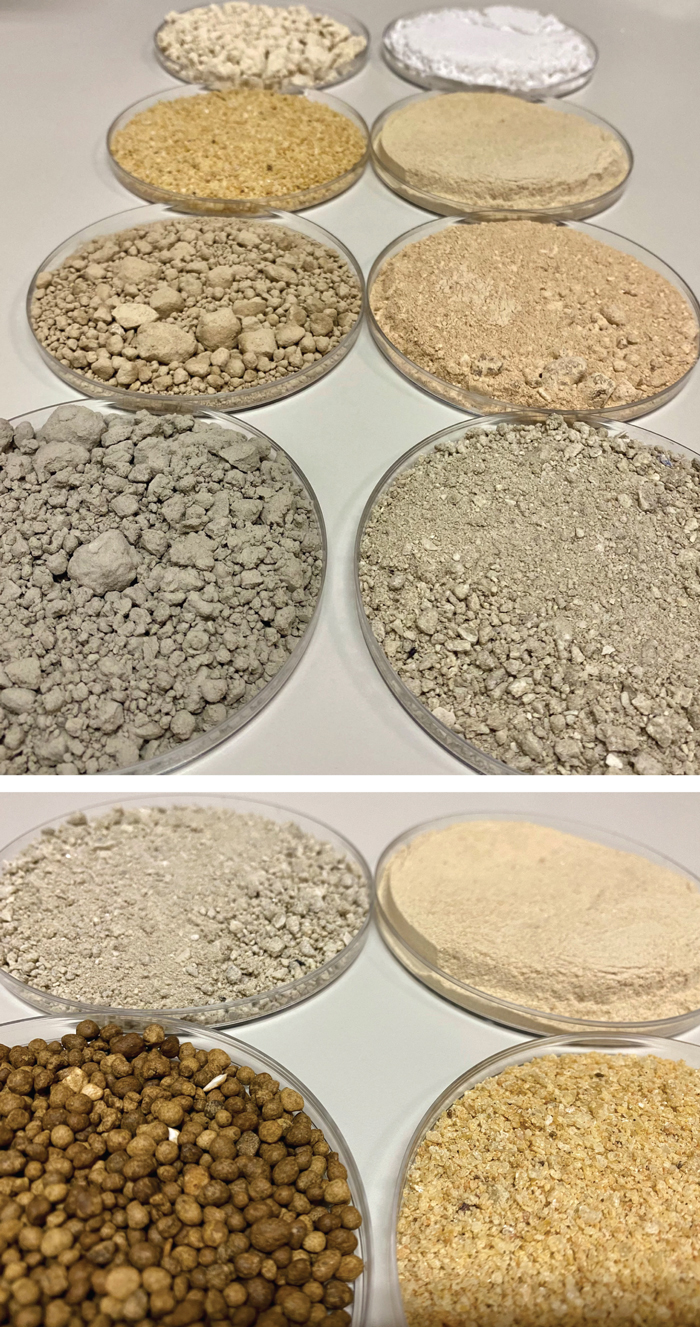
Results
The findings revealed that finely textured gypsums, especially by-products like liquid and FGD gypsum, have faster reaction rates and outperform coarser, mined class A gypsums in mitigating soil sodicity quickly. However, all gypsum sources contributed to lowering soil exchangeable sodium percentage (ESP) and soil pH compared to the control. Micro-fine lime had no effect on soil ESP or soil pH due to low solubility.
Only liquid gypsum, phosphogypsum, FGD gypsum, and calcium nitrate managed to enhance soil hydraulic conductivity (the ease of water movement). While liquid gypsum proved effective, its higher cost and the need for specialised application methods due to its suspended nature should be noted. FGD gypsum, that is showing promise, is unfortunately not yet commercially available in South Africa, and standalone calcium nitrate use is costly.
Producers in South Africa currently rely on phosphogypsum, mine water treatment gypsum and mined gypsum as primary sources. Given that the cost of gypsum in South Africa is primarily driven by transportation costs rather than mining costs, it is advisable for producers to choose the nearest gypsum source and calibrate the application rate based on its calcium purity.
The authors would like to thank SA Lime and Gypsum, Yara Africa Fertilizer, and Stellenbosch University for providing funding for this research. The Protein Research Foundation is thanked for offering the first author a bursary. This article also appeared in the March edition of the Oilseeds Focus.
Reference
Du Plessis, M, Swanepoel, PA & Hardie, AG. 2024. Comparison of the effectiveness of mined and by-product South African gypsums and other calcium sources for soil sodicity remediation. South African Journal of Plant and Soil 40(4 – 5): 1 – 8. https://doi.org/10.1080/02571862.2023.2288192





